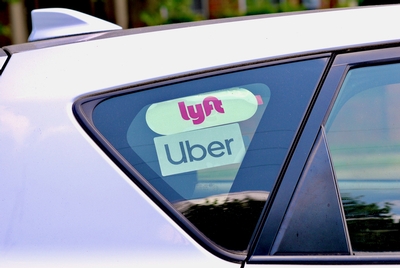Riding the Digital Waves: Decoding Uber and Lyft Insurance in New Jersey
Related Attorney: Timothy E. Dinan
January 17, 2024
As we hail rides from our smartphones, the insurance landscape of rideshare giants Uber and Lyft plays a critical role in ensuring the safety and security of passengers, drivers, and even pedestrians. In the state of New Jersey, understanding the nuanced changes in coverage based on the app's status is paramount for anyone engaging in the rideshare experience.
1. App-Off Period:
When drivers are off-duty and the rideshare app is inactive, personal auto insurance policies take precedence. During this phase, Uber and Lyft don’t provide coverage for the vehicle.
2. App-On Period (No Acceptance):
When a driver is logged into the app but has not yet accepted a ride request, both Uber and Lyft provide contingent liability coverage. In New Jersey, this coverage extends to bodily injury and property damage, but again, it operates at a lower limit compared to the coverage during an accepted trip. In New Jersey this rate is set by statute at $50,000 per person, $100,000 total, per accident.
3. Accepted Trip Period:
The most comprehensive coverage comes into play when a driver has accepted a ride request and is actively transporting passengers. During this period, both Uber and Lyft offer primary liability coverage, providing up to $1.5 million per accident in New Jersey for bodily injury and property damage. This robust coverage is designed to protect all parties involved in the event of an accident.
4. Uninsured/Underinsured Motorist Coverage:
New Jersey also mandates that both Uber and Lyft provide uninsured and underinsured motorist coverage while their app is being used. This ensures that passengers, drivers, and third parties are protected if involved in an accident with an uninsured or underinsured motorist.
It's essential for rideshare drivers and passengers in New Jersey to be aware of these shifting insurance dynamics. Whether the app is on or off, understanding the coverage available at different stages of the rideshare journey contributes to a safer and more informed ridesharing experience for all. As the digital age continues to revolutionize transportation, being well-versed in the insurance policies governing the rideshare industry becomes a key element in ensuring a smooth and secure ride.
Questions? Contact Tim Dinan at tdinan@lcrlaw.com, or (973) 729-1880.
See our previous blog post here.


















